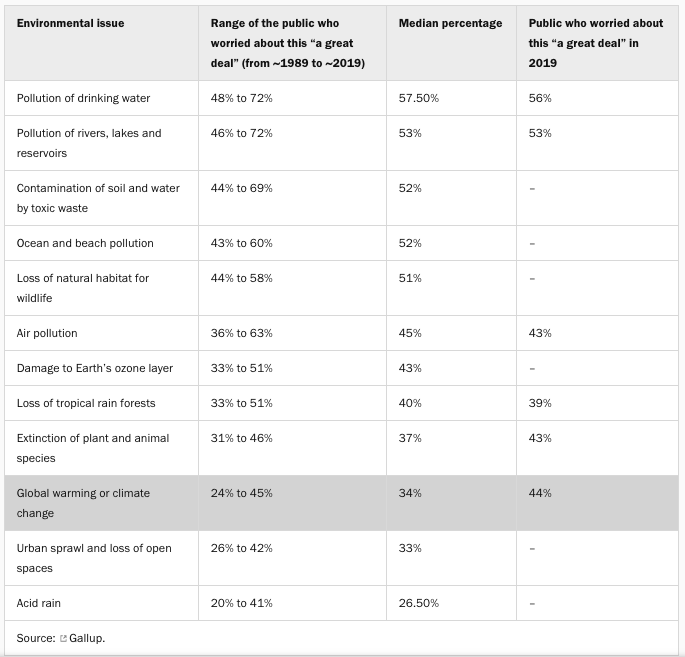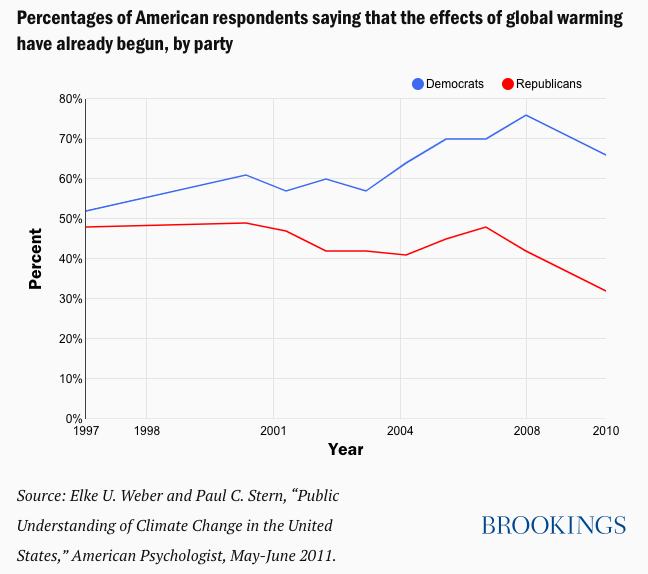The COVID-19 pandemic has readjusted many of our priorities. The country is pulling together for a common goal: to “flatten the curve.” Many are putting their jobs, careers, education, and other personal interests aside in the interest of the common good. But something else had occurred. It has also introduced many of us to an idea of what a real “existential threat,” i.e., an imminent threat to human life, might look like.
My parents’ generation lived through the Great Depression and World War II. Many of The Greatest Generation experienced threats to their own lives as economic devastation gave way to a war that would claim the lives of an estimated 75 million soldiers and civilians.
Since then, we have been fortunate to enjoy long periods with only occasional armed conflicts and unprecedented economic growth. Over the last 30 years, for example, the country has had its two longest economic expansions since the Second World War. As a result of this relative peace and prosperity, it has become harder for younger Americans to identify genuine threats to their very existence. The COVID-19 pandemic and its aftermath may be their first.
Was climate change ever an existential threat in the minds of Americans?
Before the onsite of the COVID-19 pandemic, campaign rhetoric often referred to global warming (and its more generalized form climate change) as an existential threat to our country. But as Elaine Kamarck of the Brookings Institution shows, climate change tends to be less of a concern to the general public than environmental concerns that would have an immediate effect on our health and well-being.

Moreover, perceptions vary by demographic group and political affiliation.

On the other hand, according to Gallup, COVID-19 is on all (or at least 93%) of our minds.
Much of this has to do with timing. Climate change is taught from elementary school to the university level. Various aspects of climate change are interjected into much of our daily lives and have been for many years. COVID-19 is an immediate concern. It transformed our lives very quickly, from closing schools to shuttering businesses to sheltering in place.
The effects of climate change are sometimes barely perceptible. For example, sea-level rise is often cited as a consequence of global warming. Average sea level rises of a few millimeters per year can be difficult to contextualize. When coastal properties continue to be bought and sold for millions of dollars, the threat of sea rise cannot be said to have risen with it.
Consider, too, the actual temperature increases associated with climate change. Even climate change activists promote the idea of “zero by 50” or ox50, the goal of reducing carbon dioxide emissions to zero by 2050. It may be a laudable goal, but it does not qualify as immediate, given that the year 2050 is 30 years from now. That is why the Environmental Protection Agency and other regulatory agencies typically forecast temperature rises by the year 2100.
Is COVID-19 an existential threat?
While climate models feature forecasts that span over 80 years or more, COVID-19 modeling spans days and months. The news media keeps a running tally on confirmed cases and deaths from coronavirus. We are being told to stay inside to avoid the risk of contracting a virus that is easily transmitted from human to human. Sure, the flu causes thousands of deaths every year. But most people are numb to those figures, confident that their yearly flu shot and Tamiflu prescription are adequate to prevent and treat most strains of seasonal influenza. COVID-19 is still a mostly unknown disease with only promising treatment prospects.
Certainly, the airlines would argue that COVID-19 is a threat to the existence of their enterprise and the livelihoods of those who work in aviation and related industries. Airline executives are predicting a loss in passengers of greater than 38% for 2020. That decline is happening now.
Pundits already predict that the outbreak will be an existential threat to our health care industry. Arundhati Parmar argues, “Covid-19 is a turning point in the history of the U.S. healthcare system and will lead to profound changes, not just in how we deliver care but how we pay for it.” Unfortunately, the extent of those changes will not be known until the dust settles.
Global warming needs to be addressed globally with continued scientific inquiry. The threat could be devastating over the years ahead, but it is not an existential threat like COVID-19 and should not be treated as such.


